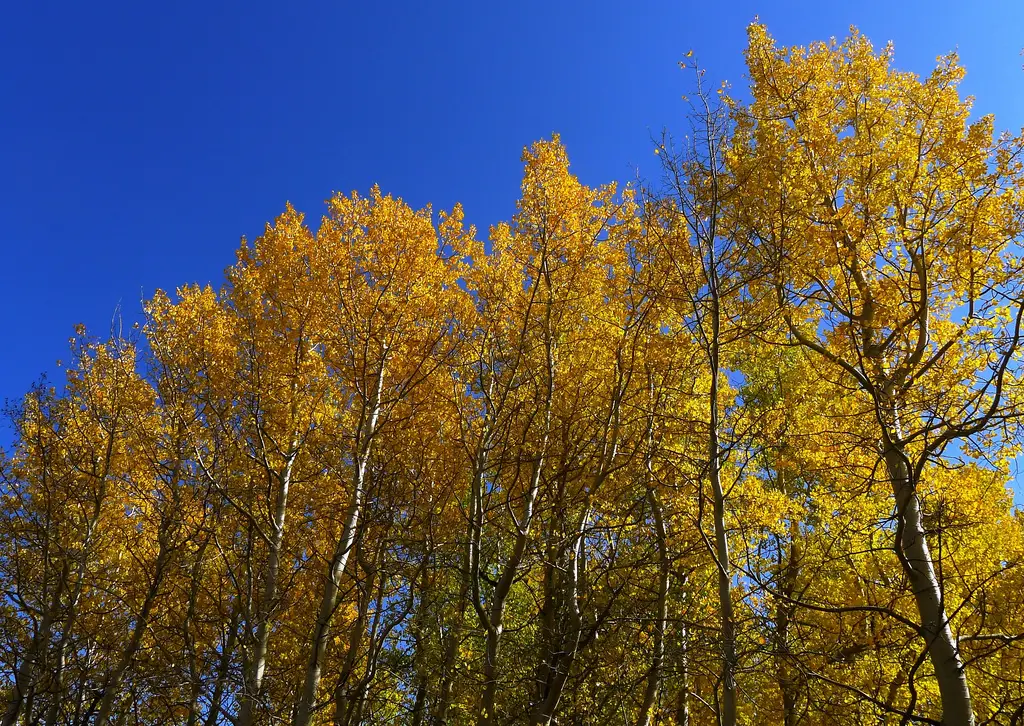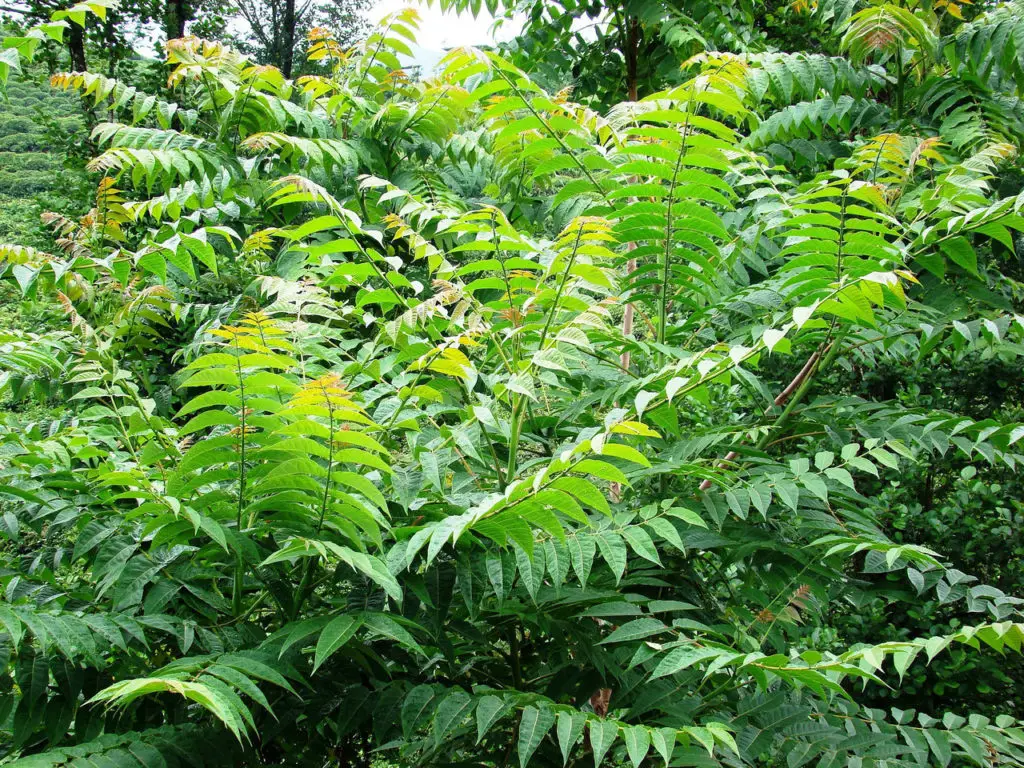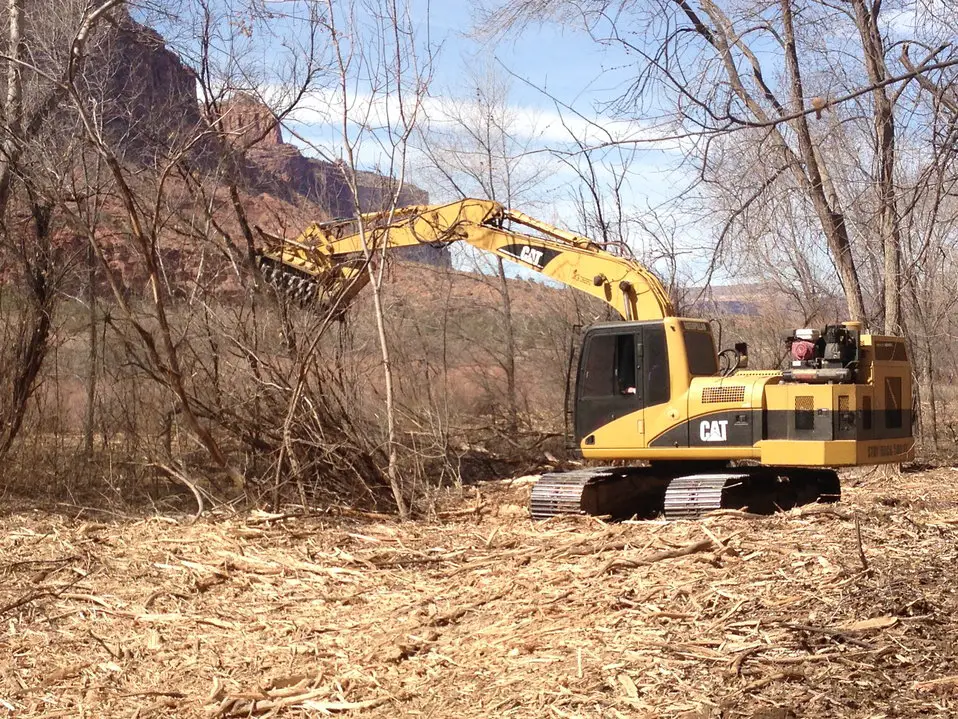When it involves planting bushes in Denver, it’s vital to select wisely. The Mile High City has a completely unique weather that can be hard for some bushes to thrive in. Planting the wrong type of tree can result in some of problems, along with harm to property, strength traces, or even harm to human beings. In this blog publish, we will talk five timber that should be avoided when planting in Denver. With our assist, you can avoid any leafy failures and revel in the splendor and benefits of a well-planted tree for your yard.
Denver’s climate is precise, with its high altitude, dry air, and fluctuating temperatures for the duration of the yr. When it comes to planting bushes in this location, it’s miles essential to pick the right species that could thrive in those difficult situations. Selecting the wrong timber can lead to leafy disasters, with bushes suffering to live on, requiring immoderate renovation, or maybe death upfront.
The importance of choosing the proper bushes for Denver’s climate cannot be overstated. Not simplest does it make certain the lengthy-time period fitness and vitality of the bushes themselves, but it also contributes to the general aesthetics and environmental blessings of the town. Trees play a essential role in offering shade, improving air nice, reducing noise pollutants, and enhancing the beauty of city landscapes.
Denver’s weather poses specific challenges for tree increase. The metropolis reviews low humidity, common temperature fluctuations, and relatively low annual precipitation. These factors can put stress on timber that are not adapted to such situations, main to stunted growth, vulnerability to illnesses and pests, and improved water necessities.
By selecting timber which can be properly-perfect to Denver’s climate, you may minimize these dangers and create a thriving urban woodland. Native species or those who have verified to be successful in similar climates ought to be prioritized. These trees have already adapted to the neighborhood conditions and are more likely to face up to the challenges posed by means of Denver’s climate.
In this blog put up, we can discuss 5 trees that should be avoided while planting in Denver. By understanding the characteristics and necessities of those trees, you could make informed selections and make certain the long-time period fulfillment of your urban landscaping projects. Let’s delve into the specific timber to bypass and explore more suitable alternatives as a way to flourish in Denver’s specific climate.
 (*5*)
(*5*)Having a tree in your yard that you simply completely despise is the bane of many householders, particularly whether it is excessive upkeep, inflicting you to repeatedly curse at it. I do know, I’ve been there and it introduced me nice pleasure to lastly reduce that factor down. That will help you keep away from that very same scenario, listed here are the 5 worst timber to plant in Denver.
A few these timber are literally thought of invasive and must be prevented in any respect prices.
1. Quaking Aspen
Quaking aspen timber (pictured above) are gorgeous, particularly in the autumn when a grove of timber on a mountainside turns the signature golden coloration and shimmers in the breeze. However when cultivated in yards they rapidly turn into a nuisance. Whereas these timber have the widest pure vary of another tree in North America, they’re finest left to develop naturally in the wild.
One of many key traits of quaking aspen’s progress behavior is how the tree propagates. Many timber propagate primarily by distributing seeds however the quaking aspen sends out prolific root sprouts that end result in a colony of cloned timber that share a single root construction. This implies the massive stands of aspens on the aspect of a mountain are thought of one single organism. It’s the foundation sprouts that make quaking aspen a nuisance tree when grown in your yard. The tree continuously sends out new shoots from the foundation system, and you’ll repeatedly battle these shoots popping up in your yard.
2. Siberian Elm
The Siberian elm has some good traits that would make it a good tree to plant in Denver. It’s tailored to rising in a variety of soil sorts; it’s tolerant of both alkaline and saline conditions; its fast fee of progress makes it fascinating for establishing safety from shelterbelts.
On the flip aspect, it has many invasive qualities that enable the Siberian elm to unfold aggressively. Seeds are produced in a small oval samara — a papery seed case with wings for improved dispersal — and have a excessive germination fee, particularly in disturbed areas akin to transportation corridors and empty heaps. Siberian elms are additionally poor species to have in a yard due to very brittle branches and limbs which are inclined to break in heavy wind storms or in late spring or early fall snowstorms that overload the branches. They’re additionally extremely prone to illness.
3. Tree of Heaven


The tree of heaven or Ailanthus is an unique, invasive tree native to elements of China and Taiwan. It was launched to the Philadelphia space in the late 1700s and the West Coast in the 1850s. Many states are actually involved with its aggressive nature and talent to launch an allelopathic chemical in its roots, leaves, and bark that forestalls or kills vegetation rising in shut proximity.
Not solely does the tree of heaven produce an insane quantity of seeds in a rising season that can have you ever raking and raking and raking, however when the quite a few flowers bloom in the spring they’re stated to odor like cat urine.
4. Russian Olive
Thought-about an invasive tree and even a noxious weed in many Western states, the Russian olive is one other one to keep away from planting in your yard. It grows particularly nicely in riparian zones, areas alongside rivers and streams, and is thought to outcompete the native cottonwood tree in many areas. The issue lies in that the seeds of the Russian Olive are palatable and irresistible to birds who unfold them profusely each close to and much. Seeds even have a excessive germination fee, germinate in poor soil due to the power of the tree roots to repair nitrogen, and set up rapidly to outcompete native vegetation.
5. Tamarisk


Generally referred to as salt cedar, tamarisk is one other tree thought of invasive in a lot of the West. This nonnative plant hoards water, mild, and vitamins to impression pure ecosystems and destroy wildlife habitat by forming huge monocultures. Tamarisk additionally secretes massive quantities of salt that impression neighboring vegetation.
Alternatives to the complicated tree species, highlighting timber which might be higher applicable for Denver’s conditions
When it involves planting timber in Denver, it is essential to choose species that are properly-ideal for the town’s precise weather and situations. While certain tree species can be popular or visually appealing, they’ll also pose substantial challenges and require immoderate maintenance. To avoid leafy disasters and make certain the long-term health and splendor of your panorama, it is crucial to recollect alternatives to complex tree species.
Here are some tree species that thrive in Denver’s conditions and may function extremely good options:
- 1. Colorado Blue Spruce (Picea pungens): Known for its placing blue-green needles, the Colorado Blue Spruce is a local tree this is nicely-adapted to Denver’s climate. It is drought-tolerant, calls for minimal protection, and provides 12 months-round interest with its appealing conical shape.
- 2. Honeylocust (Gleditsia triacanthos): The Honeylocust is a flexible tree which could tolerate a wide range of soil situations. It has delicate, fern-like foliage that provides dappled shade, making it an tremendous choice for landscaping. With its tolerance to urban environments and resistance to pests and diseases, the Honeylocust is a dependable opportunity.
- 3. Bur Oak (Quercus macrocarpa): As a native species, the Bur Oak is well-perfect for Denver’s weather. It is a big, majestic tree with a wide cover that offers sufficient coloration. The Bur Oak is likewise drought-tolerant, making it a great preference for water-aware gardeners.
- 4. Amur Maple (Acer ginnala): The Amur Maple is a small to medium-sized tree that gives more than one seasons of hobby. In spring, it produces clusters of aromatic plants, observed by way of colourful pink foliage in autumn. It is adaptable to diverse soil types and can tolerate urban environments, making it a suitable alternative to intricate tree species.
- 5 Kentucky Coffeetree (Gymnocladus dioicus): With its precise, coarse-textured bark and attractive, fern-like foliage, the Kentucky Coffeetree is a visually appealing choice. It is resilient to pests and sicknesses and might thrive in a extensive variety of soil conditions, such as Denver’s alkaline soils.
Tips for choosing the proper trees in your Denver landscape, along with concerns such as drought tolerance and sickness resistance
When it comes to choosing the right timber in your Denver landscape, it’s crucial to recall factors which includes drought tolerance and disease resistance. Denver’s climate may be difficult for certain tree species, so it’s crucial to select bushes that may thrive in the local conditions.
- Firstly, remember the drought tolerance of the tree species you’re thinking about. Denver reviews a semi-arid climate with restrained rainfall, so deciding on trees that are adapted to dry conditions is vital. Look for bushes which have low to moderate water requirements and may face up to periods of drought without struggling widespread damage.
- Secondly, prioritize disease resistance while selecting trees to your Denver landscape. Certain tree species are extra liable to common illnesses and pests ordinary inside the location. By choosing timber which have a natural resistance to those issues, you can limit the hazard of tree health problems and the need for excessive remedies or upkeep.
- Additionally, it’s advisable to opt for native or tailored tree species. Native bushes are obviously adapted to the nearby climate, soil situations, and pests, making them much more likely to thrive in Denver’s specific surroundings. These trees have developed to face up to the demanding situations specific to the place and are often extra drought-tolerant and disease-resistant than non-local species.
The benefits of selecting the proper trees for Denver, together with advanced power performance, extended property fee, and stronger aesthetics
- Choosing the proper bushes for planting in Denver can convey a mess of blessings to your own home. Not simplest do they upload splendor and charm to the landscape, but in addition they offer several realistic benefits that could substantially enhance your overall residing revel in.
- One of the important thing blessings of selecting the right bushes is improved energy efficiency. Denver reviews both hot summers and bloodless winters, and strategically planting bushes can assist regulate the temperature around your private home. By imparting colour in the summer, trees can lessen the need for aircon, resulting in decrease strength consumption and decreased software payments. Similarly, inside the wintry weather, bushes act as windbreaks, blocking off cold drafts and lowering heating prices.
- In addition to power performance, selecting the right timber can also boom the value of your own home. Well-deliberate landscaping with carefully decided on bushes can substantially enhance the scale down attraction of your own home. Potential buyers are often attracted to homes with stunning, mature bushes that provide coloration, privateness, and an overall sense of tranquility. This can provide your property a competitive aspect in the actual property marketplace and probably result in a better promoting rate.
